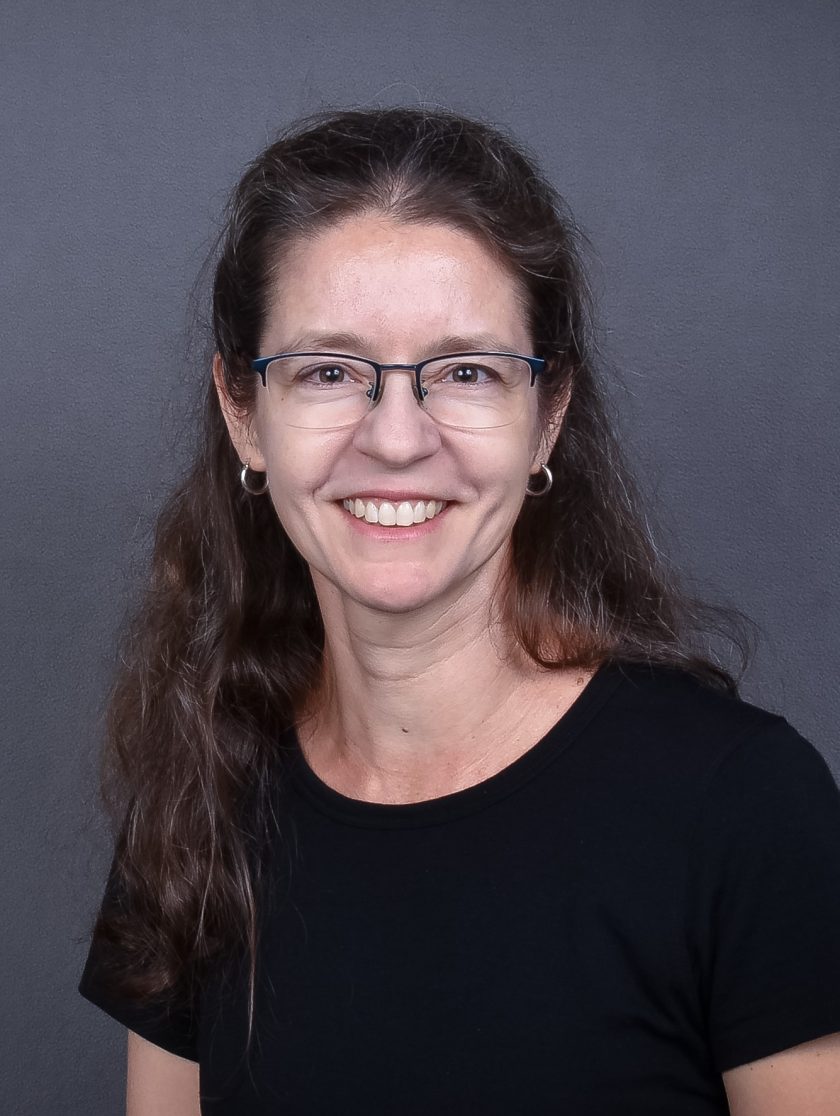Abstract
The first crystal oscillator was designed approximately 100 years ago, and today there are few wireless systems without at least one crystal oscillator to generate an accurate reference clock and synchronize communication between nodes. Despite being ubiquitous, crystal oscillators have drawbacks for IoT radios, including cost, large size, degraded frequency stability at temperature extremes, and sensitivity to shock and vibration. In the quest for further reducing the footprint of electronic systems to enable new applications, it is desirable to use only integrated oscillators and high stability resonators that can be integrated into an SoC, while ideally also reducing some of the drawbacks of crystals. This presentation will cover how a combination of bulk acoustic wave resonators and ultra-low power integrated oscillators can be used to replace both high and low frequency crystals in IoT radios. Topics include the physics of BAW resonators, BAW oscillator architectures, active and passive temperature compensation, low-power integrated oscillator topologies, their calibration requirements and design trade-offs. Finally, system level advantages of crystal-free wireless nodes will be presented, including improved robustness, increased security and resistance to tampering.
Bio
Danielle Griffith received the B.S.E.E. and M.Eng. degrees from the Massachusetts Institute of Technology, Cambridge. In 2003, she joined Texas Instruments in Dallas, Texas and is a Fellow in the Connectivity business unit. Her current focus areas are circuits and architectures for efficient wireless systems, low power oscillators and MEMS circuitry. She has published a book chapter and >50 papers, most of them in IEEE journals or conferences. Danielle holds 19 issued US patents and has given numerous university and IEEE conference tutorial and workshop sessions. She has been a member of the Technical Program Committees for the IEEE RFIC Symposium (2014-2015), IEEE International Solid-State Circuits Conference (2016-2019), and the IEEE VLSI Symposium (2019-2020). She is a senior member of the IEEE, an associate editor of the IEEE Journal of Solid-State Circuits since 2020, and has been selected as Distinguished Lecturer of the IEEE Solid-State Circuits Society for 2021–2022.


